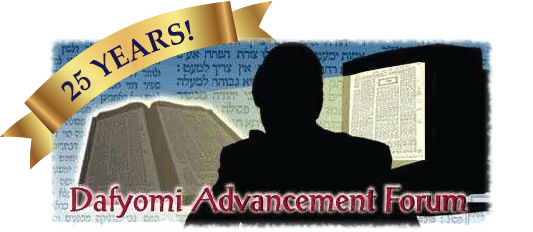Why does the Torah write "Vehotzi es Kol ha'Par" ? independently and not simply continue "ve'Kirbo u'Pirsho" 'Yotzi el mi'Chutz la'Machaneh'?
Zevachim 3a: To teach the Kohen that he must take the body of the Par whole from the Azarah and cut it up only prior to the burning. 1 .
Like a Korban Olah ? an indication that he is not burning it like one burns Nosar and Pesulei ha'Mukdashin ? in order to destroy them - but in order to sacrifice it there rather than on the Mizbe'ach (Oznayim la'Torah).
What is the definition of "mi'Chutz la'Machaneh"?
Rashi: Outside all three camps (the Machaneh Shechinah, the Machaneh Leviyah and the Machaneh Yisrael); 1 and in the time of the Beis-ha'Mikdash, outside Yerushalayim.
See Torah Temimah, note 44, citing Zevachim, 105b, who learns it from the three times "el mi'Chutz la'Machaneh" ? here, in Pasuk 21, by Par ha'Eidah and in Tzav, 6:4, by the Terumas ha'Deshen.
Why does the Torah need to specify "el Makom Tahor"?
Rashi: Because there is another location outside the town that is designated for Tum'ah - where they throw the stones of a house with Tzara'as 1 and for a Beis ha'Kevaros.
See Metzora Vayikra, 14:40 (Rashi).
What is "Shefech ha'Deshen" referring to?
Why does the Torah repeat "el Shefech ha'Deshen ... "?
Rashi: To teach the Kohen to burn the bull on that spot even if there are no ashes there. 1
Zevachim, 106a: We learn from the 'Hey' of "ha'Deshen" that there must already be ashes there when the Kohen burns the bull. 2
What does "Vesaraf oso" come to preclude?
Sifra: It precludes a Pasul Korban, which is burned somewhere else. 1
See Torah Temimah, note 45.
What sort of wood is used to burn the bull?
Why does the Torah add the word "Vesaraf oso ba'Eish "?
Pesachim, 75a: To preclude burning it with boiling lime or 'Gafsis' calcium sulphate). 1
See Torah Temimah, note 47.
Having already written "Vesaraf oso", why does the Torah need to add "al shefech ha?Deshen Yisaref"?
Pesachim 75a: To teach us that he should burn it even if there are no ashes there 1 and that, even if most of it is already burned, he should continue to burn the rest.
Why is the Par burned?
Moshav Zekenim (in Pasuk 6): To hint that just like fire consumes everything, so too, does Hashem 'burn up' their sins. 1
As the Navi writes in Yeshayah 44:22 "Machisi cha'Av Pesha'echa"
Why is the Par burned outside the camp, in public view?
Moshav Zekenim citing the Rosh and Ba'al ha'Turim: So that, when the people see that even the Kohen Gadol confesses and brings his Chatas, they will not be embarrassed to do the same when they sin.




